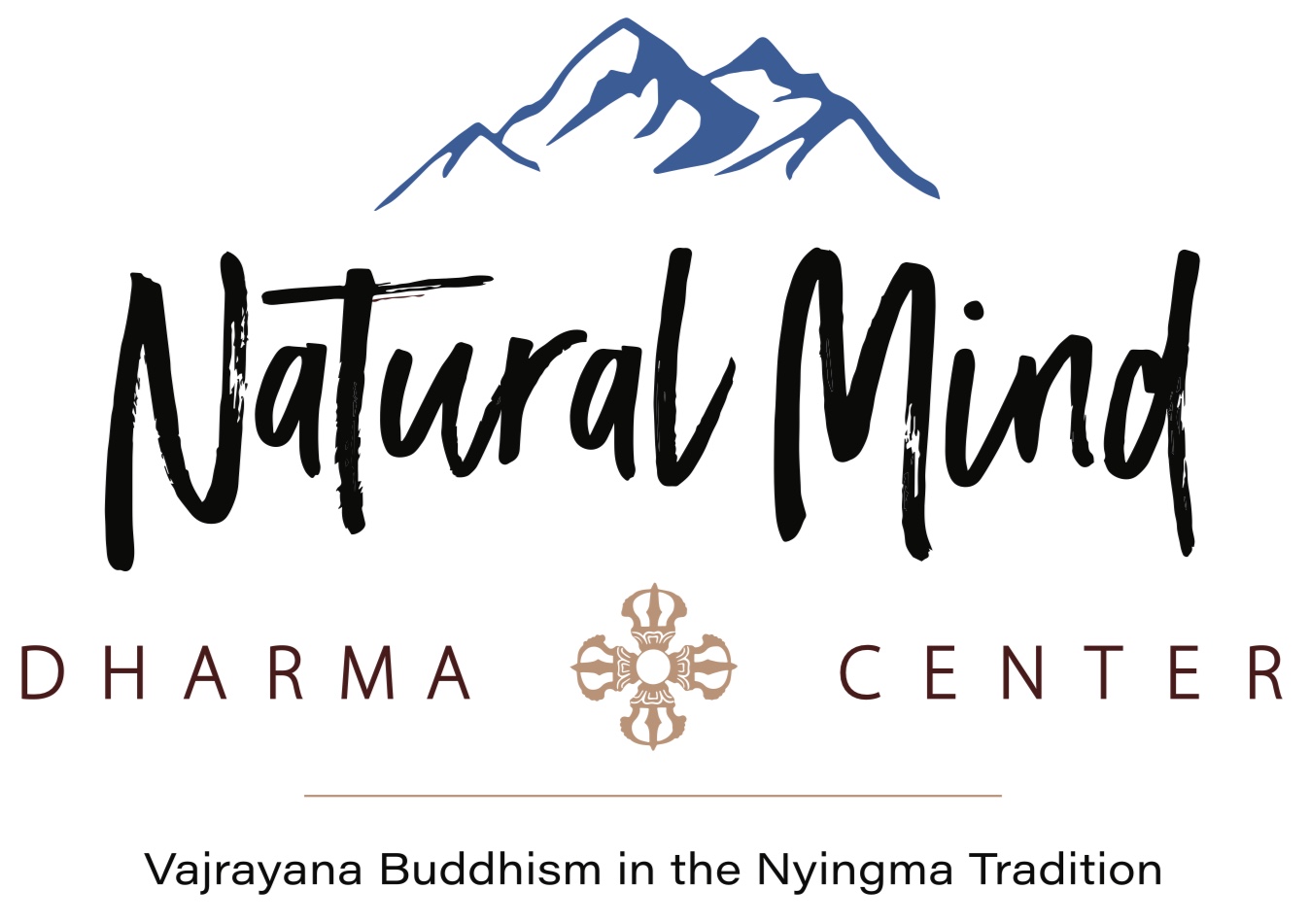When Pain Hurts
I have experienced my share of surgeries, mostly of the orthopedic variety. Every time I was rolled into a surgical center and allowed the doctors to cut me open, I felt like I was in a kind of bardo or “in-between” state of awareness. Following surgery, I entered another bardo—the realm of pain. This realm of discomfort requires us to address what Buddha called dukkha or ‘deep dissatisfaction,’ commonly translated as ‘suffering.’
Dukkha is the first noble truth described in Buddhism. When we are in physical pain we are offered the gift of the the truth of suffering. It is a gift because we cannot avoid it. We must develop coping strategies lest we fall into a state of helplessness or hopelessness. This requires us to create a different relationship with pain. Is the pain only physical? How to we hold the discomfort in our mind? Who is the one that suffers?
I discovered meditation allowed me to watch the pain—to watch the one who feels pain. It is like watching a movie about someone who went through a surgical procedure. If my mind identifies with my suffering, it becomes reified or made solid. I whimper and wish it would go away. This only intensifies the pain. On the other hand, if I am capable of simply noticing the sensation, the hard edge of discomfort becomes a bit softer.
The trick seems to be allowing the pain to simply be without making it hurt. The pain does not magically disappear, but the quality of the experience eases. This is the same with any kind of suffering—mental, emotional, physical, or spiritual. Our practice is to develop equanimity mind, the mind that does not move with the extremes of attachment or aversion. Those extremes of thinking make all our experiences more difficult and deeply dissatisfying.
